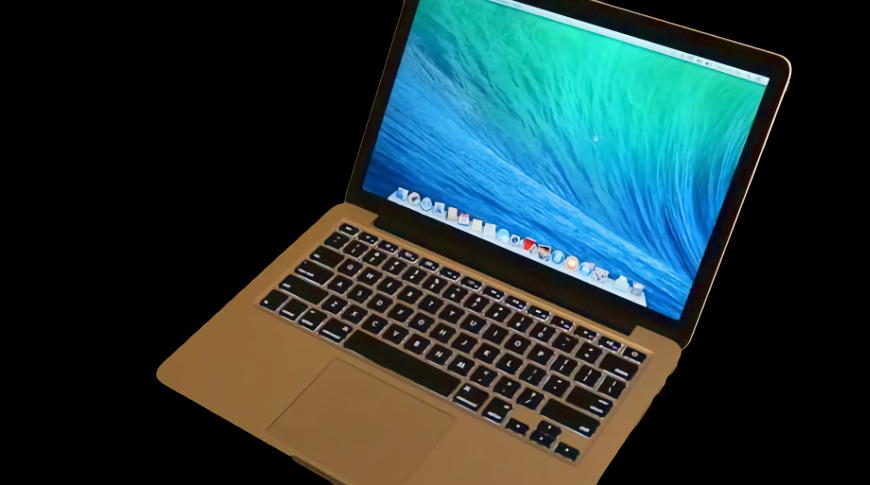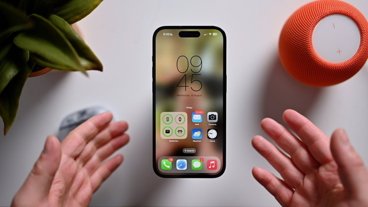New reports claim that some late 2013 and mid 2014 13-inch MacBook Pro owners are unable to use their machines after upgrading to macOS Big Sur
Some users are reportedly finding that upgrading to macOS Big Sur renders their Macs unworkable. It appears to be specifically the 13-inch MacBook Pro that is affected, and then chiefly the late 2013 and mid 2014 models.
During the upgrade to macOS Big Sur, these machines reportedly get stuck and remain permanently on a black screen. Typical Mac restart solutions, such as using Internet Recovery, or booting up in Safe Mode, do not work or are simply unavailable.
Apple has not yet commented publicly, though one user on the company's support forums said that the issue was being escalated to the engineering teams.
This problem is being reported by multiple users on Apple's support forums, plus more on Reddit. It was originally spotted by MacRumors.
The late 2013 MacBook Pro is among the oldest machines that macOS Big Sur is be compatible with. AppleInsider has not been able to duplicate the reported problem.
 William Gallagher
William Gallagher




-xl-m.jpg)




 Malcolm Owen
Malcolm Owen

 Mike Wuerthele
Mike Wuerthele


 Thomas Sibilly
Thomas Sibilly
 Wesley Hilliard
Wesley Hilliard








16 Comments
I have a 2019 MacBook Pro that had this happen. It had errored out with a Catalina update before I attempted the Big Sur update. The screen went blank. I tried all the different recovery techniques. The control command power button on and computer is dead. Anyone experience it with a newer model? I have an appointment for Genius Bar that was a week out.
I’m running a 2019 iMac with a fusion HD in it. I upgraded to Big Sur over the weekend and while the system still boots, it’s next to useless. Neither Mail, Safari, Pages, Books, APP Store apps will launch. The only app that seems to run is Firefox. After logging in, the desktop takes 2 minutes to show my icons. It took almost 5 minutes to scroll through my application folder. The real kicker is the my bootable external HD is now shown as non bootable even through it had booted this Mac in the past. I’m still trying to figure out what to try next.
TimA
The Big Surpise keeps surprising us every day.
The macOS updates now often include a firmware update as part of the update process, I suspect this is breaking and would explain why it's specific models. It used to be the case that FW updates were installed manually by holding the Mac's power button, and they were very rare because they were (apparently still are) relatively risky. Many models had none at all.
It used to be the case you could put a CD in with the EFI (firmware) on, and the Mac would boot from it and self-recover. Obviously that is no longer an option for most people, so newer Macs are supposed to self-recover. But presumably that is what's broken. Let's hope Apple does the Right Thing here and fixes those Macs where the update failed without charge, since it's not the customer's fault whatsoever. I suspect the broken Macs still have the ability to boot silently to an EFI image over USB, so Apple may push a fix that can be installed to a USB memory stick. Of course if Apple didn't obscure the update process under a black screen people would have a better idea of what's going on when it fails.